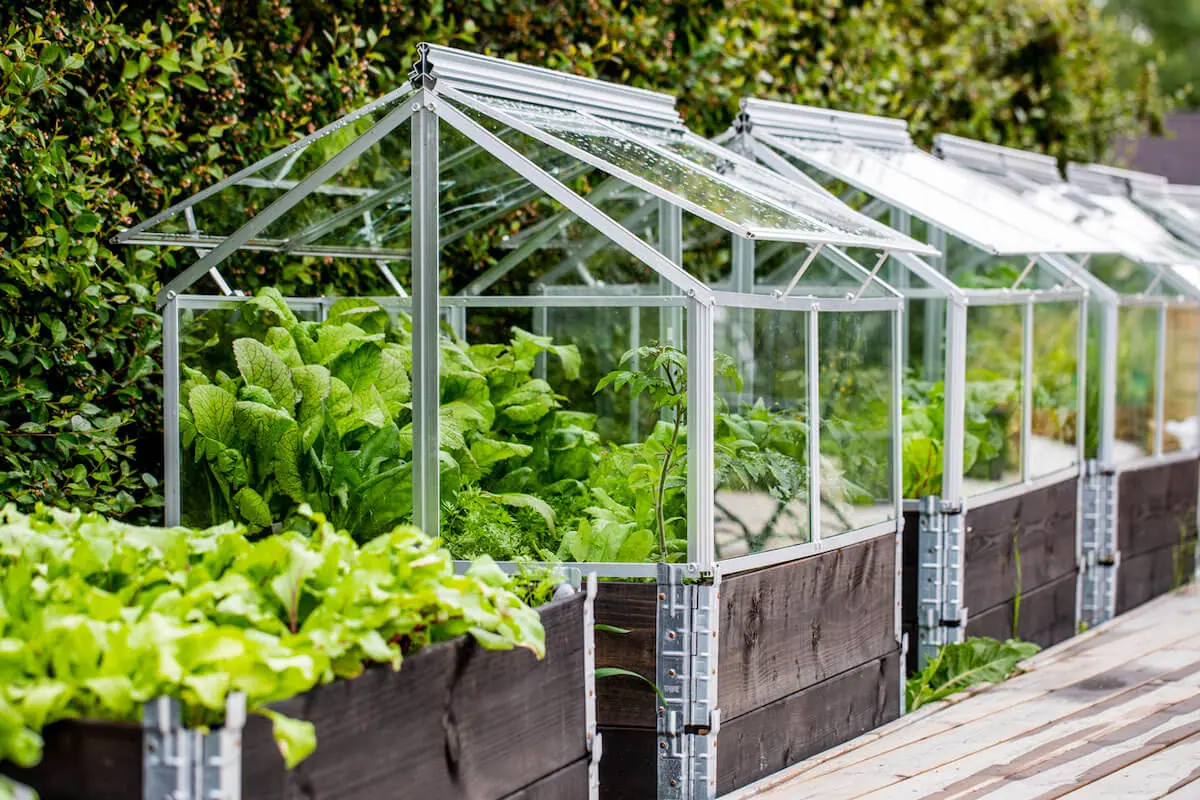November marks a pivotal time for gardeners, especially in regions like Southeast Texas (SETX), where the cooler temperatures provide an ideal atmosphere for outdoor activities. As the month unfolds, gardening enthusiasts are encouraged to engage in several essential tasks to prepare their gardens for the winter months ahead. According to certified expert gardener John Green, these activities not only enhance garden aesthetics but also ensure the health of plants throughout the colder seasons.
One of the primary tasks for this month involves managing weeds. As the ground becomes softer, pulling and digging weeds is less strenuous. Green emphasizes the importance of removing these unwanted plants to prevent them from proliferating. After weeding, applying a 3 to 5-inch layer of mulch around flower beds is advisable. This practice helps retain moisture, suppress weed germination, and insulate roots against the cold. Care should be taken to leave a small gap around the plant’s trunk to prevent excessive moisture, which can lead to fungal diseases.
As temperatures begin to dip, the need for supplemental watering decreases significantly. However, gardeners are reminded not to store their hoses just yet. While November generally sees a reduction in watering needs, it remains crucial to hydrate plants during potential cold snaps. John Green advises applying water directly to the base of plants rather than their foliage to avoid freeze damage. Given that many areas in SETX are still experiencing drought conditions, providing extra water to stressed plants can help them withstand freezing temperatures.
Preparing for Winter Conditions
To protect plants from frost, Green recommends covering them with frost cloth or similar materials when freezing temperatures are forecasted. It is essential to avoid using plastic, which can trap heat and harm plants if not removed during the day. He shares a personal success story from last year, explaining how he constructed individual frames for his in-ground citrus trees, wrapping them in frost cloth and successfully safeguarding them from extreme cold.
In addition to protective measures, November offers an opportunity to introduce vibrant colors into flower beds. Plants such as celosia, lobelia, and pansies thrive in milder winter conditions and can create visually appealing displays. Grouping plants together can enhance the overall aesthetic impact, making a garden more inviting during the fall and winter months. For those looking to create striking container displays, Green suggests using a combination of “thriller” plants that provide height, “spiller” plants that cascade over the edges, and “filler” plants that add fullness.
For vegetable gardeners, November remains a prime time to plant a variety of crops. Options include beets, broccoli, cabbage, and several types of greens, including kale and spinach. Additionally, it is an excellent season to start an herb garden. Many herbs, such as rosemary and thyme, flourish in full sun, while others like mint prefer shadier spots. Green recommends planting herbs in raised beds or containers to facilitate growth and ease of access.
As gardeners prepare for the winter months, they are encouraged to embrace the joy of cultivating their spaces, contributing to a greener and more sustainable environment. Green concludes with a call to action for fellow gardeners, urging them to engage actively in their gardening practices and enjoy the fruits of their labor. For any gardening inquiries, he invites readers to reach out via email at [email protected].
With November’s arrival, the tasks at hand may seem daunting, but with careful planning and execution, gardeners can ensure their plots remain healthy and vibrant through the colder months.







